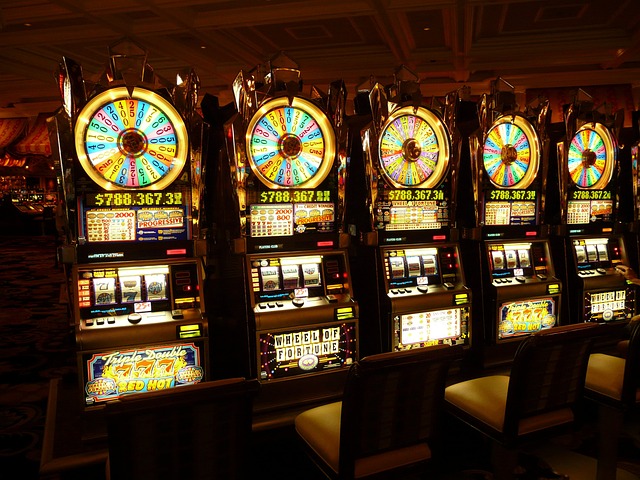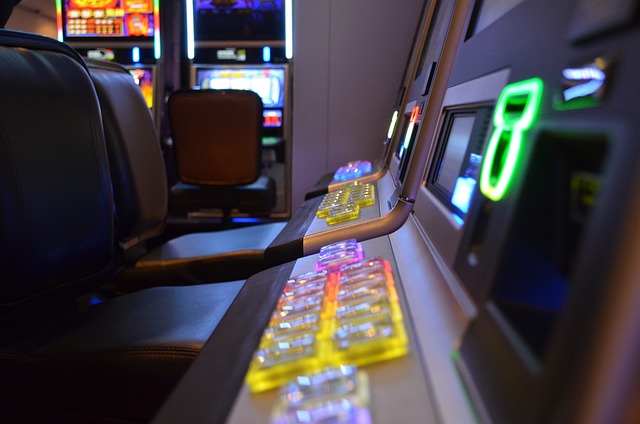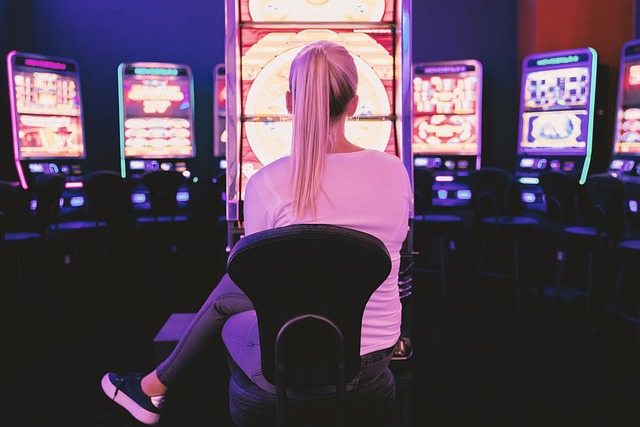Sound is more than decoration in slot machines—it’s a core component of the gaming experience. Music, sound effects, and auditory cues guide player attention, shape emotions, and subtly influence behavior. Understanding how audio affects play helps both developers optimize engagement and players recognize psychological triggers.
This post explores the mechanics of sound in slots, its psychological impact, and practical insights for maintaining awareness while playing.
How Sound Shapes Player Perception
Slot machines use layered audio to create excitement and immersion. Win sounds, near-miss tones, and rhythmic loops signal outcomes and encourage engagement. Players often perceive sessions as more dynamic or rewarding when audio reinforces visual stimuli.
Music also affects pacing. Fast or upbeat tracks can subconsciously encourage quicker spins, while slower rhythms promote more deliberate play. Sound design controls tempo as much as it entertains.
Key Audio Elements
- Win Cues: Bells, chimes, or celebratory effects that reward players.
- Near-Miss Sounds: Slightly different tones that create tension and encourage continued play.
- Background Music: Sets emotional tone and pace.
- Interactive Effects: Audio responding to bets, spins, or bonus rounds.
Psychological Effects on Players

Sound increases engagement by creating emotional feedback loops. Wins feel more satisfying, near-misses feel motivating, and consistent background tracks keep attention focused on the game.
Players are more likely to chase sessions when audio cues suggest progress or reward. Even minor variations in volume or tempo can influence risk-taking behavior without conscious awareness.
Practical Awareness Tips
- Adjust volume to maintain awareness and prevent overstimulation.
- Recognize that near-miss sounds are designed to encourage further betting.
- Focus on decision-making rather than emotional reactions to audio.
Music and Sound in Bonus Features
Slot bonus rounds often rely heavily on audio to highlight progression. Layered music signals milestones, while escalating tension builds anticipation. Players may interpret audio cues as indicators of imminent reward, which is often designed to increase session length.
In VR or online environments, sound design becomes even more immersive. 3D audio cues and directional effects guide attention to specific reels or features, reinforcing engagement.
Table: Audio Elements and Gameplay Impact
| Audio Element | Purpose | Player Effect |
|---|---|---|
| Win Chime | Reward confirmation | Reinforces positive emotion |
| Near-Miss Tone | Simulated tension | Encourages continued play |
| Background Music | Sets pace | Influences spin speed and attention |
| Bonus Audio Layers | Highlight progression | Increases immersion and engagement |
| Interactive Feedback | Bet and spin response | Enhances sense of control |
Balancing Awareness and Enjoyment

Players benefit from enjoying sound while remaining mindful of its influence. Reducing volume, taking breaks, or playing in short sessions helps maintain rational decision-making. Awareness of sound design allows players to appreciate gameplay without falling into emotionally-driven betting patterns.
Sound is a tool, not an indicator of skill or probability. Recognizing its psychological role helps maintain a disciplined approach to slot play.
Practical Recommendations
- Use headphones or quality speakers for clarity but avoid overexposure.
- Take short breaks during sessions to reset emotional response.
- Review session results objectively, ignoring audio-driven impulses.
- Adjust or mute audio if it influences betting behavior negatively.
Understanding music and sound design in slots improves both gameplay experience and self-control. By acknowledging its influence, players can enjoy immersion while making deliberate, informed choices.
